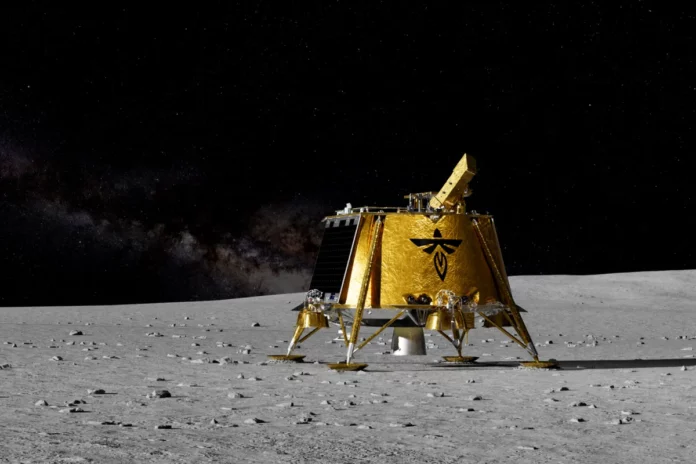Since the Soviet Luna 24 probe landed there in August 1976 to collect samples, no spacecraft has ever reached the surface of the cratered Mare Crisium region of the Moon. But SpaceX is preparing a launch that will send not one, but two vehicles there on Wednesday, January 15, Firefly Aerospace reported.
The launch of SpaceX’s Falcon 9 rocket is scheduled for about 1:11 a.m. ET, and it will carry not only Firefly Aerospace’s Blue Ghost 1 lander but also the Resilience lander from iSpace, a Japanese robotic spacecraft company. The journey to the Moon will take 45 days, after which it will spend another 14 days performing operations on the surface. It is not yet known whether we will be able to watch its takeoff.
The Firefly lander will deliver 10 NASA instruments to the lunar surface. They are designed to measure various particle compositions, thermal properties, and electromagnetic activity of both the Moon and the Earth. They will collect data for a variety of applications, from improving landing and takeoff procedures to studying the Moon’s resources and history.
Particularly interesting is the so-called LEXI payload, which is an X-ray machine that can read the Earth’s magnetic field. NASA will use the data to see how our magnetosphere interacts with the solar wind, which could ultimately help to accurately detect and track solar weather patterns that cause power outages on Earth and interfere with satellite and GPS systems.
This is NASA’s second attempt to deploy this technology. For the first time, it launched a vehicle, then known as STORM, into space in 2012. However, that spacecraft did not land on the Moon and was unable to capture the full picture that LEXI’s wide-angle sensors will be able to capture.









